The duration transitions, titles and overlays help to set the tempo of the video, but what is the ideal length? Too short and it’s impossible to read, with the risk of frustration or misunderstanding – too long and it’s boring, with the risk of losing the audience. However the perfect timing makes the video slick and smooth to watch. Here are our suggestions for a surgical educational video.
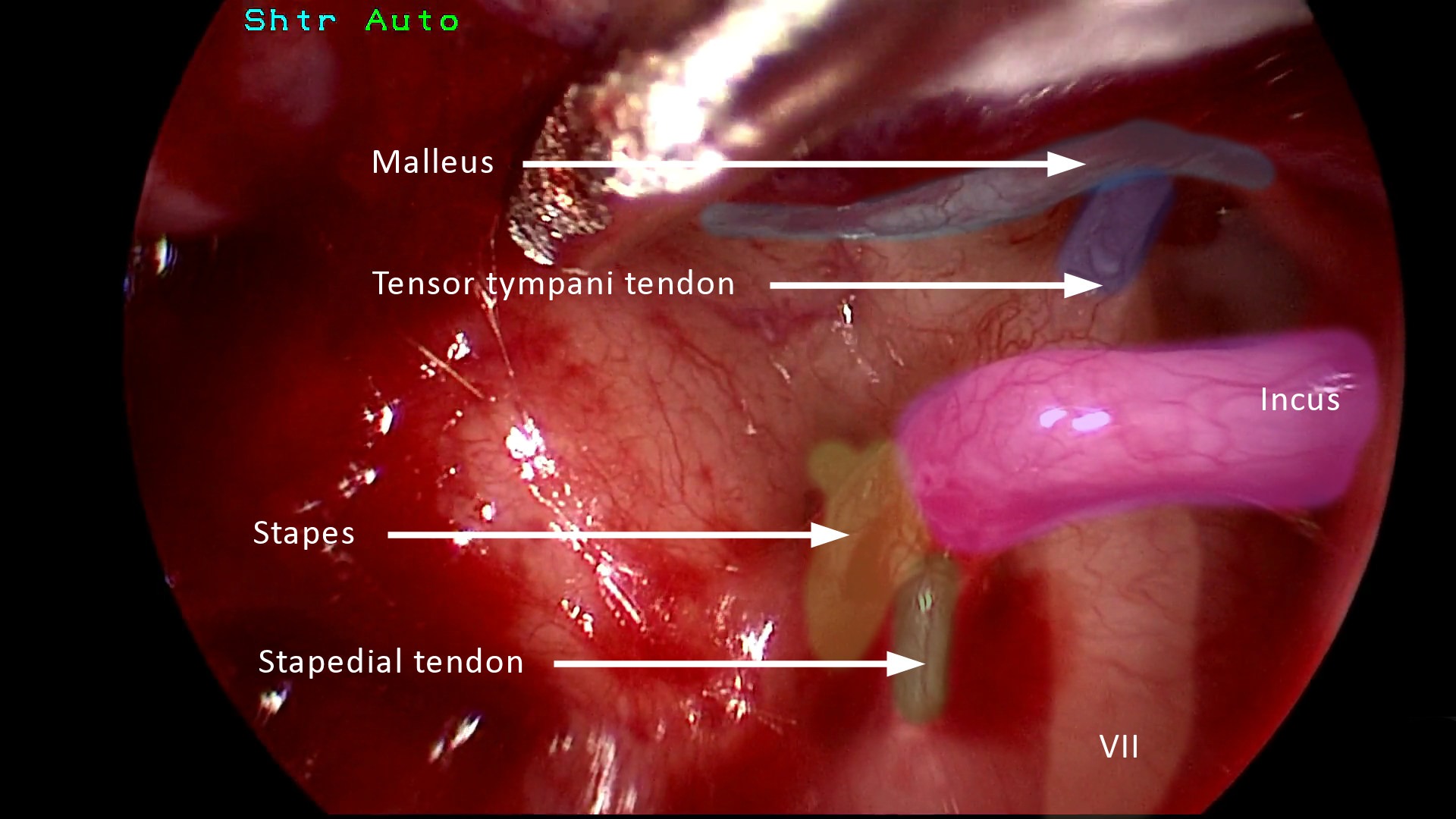
Reading time
How long can you display text or diagrams and how long can you freeze the image?
Educational surgical videos are professional tools to teach surgery, often in an academic setting. The video effects (transitions, overlays) should be reduced as much as possible to maintain a sober effect that will not distract attention.
The chosen display time of titles, chapters, overlays or transitions is personal, and can be adapted to the experience of the video editor or to the audience. However, for beginners, we put forward the following recommendations:
Freeze frame: annotations, captions and layers
Particularly useful to explain anatomy and emphasising surgical landmarks, freeze frames must appear long enough to be read correctly and understood, but must not slow down the tempo of the video and lose the audience’s attention.
Recommended display time
Freeze frame: 4 seconds
Overlay (annotation, text): 3 seconds (can fade in 300ms before and after)
Titles and chapters
Titles and chapters are key moments in the video that should allow the audience to pause between the flow of the different surgical steps. Longer pauses during the chapters also help to emphasise the different stages of the surgical strategy.
Recommended display time
Main title : 5 seconds
Chapters: 4 seconds (plus 500ms of fade transition before and after)
Transitions
We recommend that there should be no transition effect between video clips, but it is possible to add a black fade transition (as sober as possible) between important sequences in the video: after the title, or between important stages in the surgical strategy.
Recommended duration
Fade transition to black between two video sequences: 300 ms
Article written by François Simon.
Read more
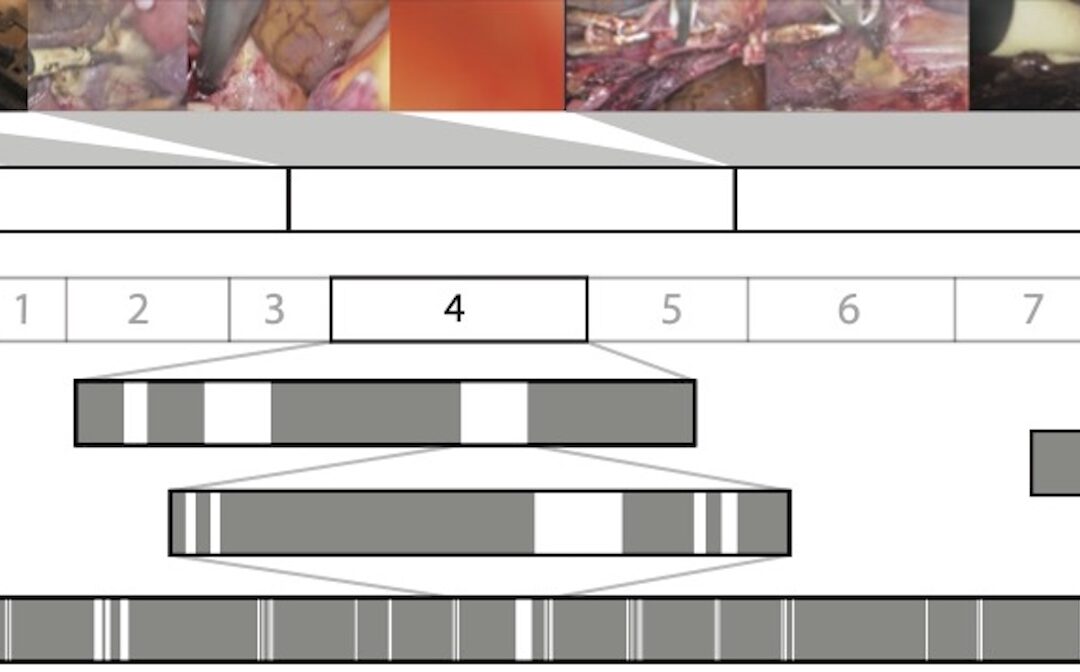
Surgical Video Summarization: Multifarious Uses, Summarization Process and Ad-Hoc Coordination
While surgical videos are valuable support material for activities around surgery, their summarization demands great amounts of time from surgeons, limiting the production of videos. Through fieldwork, we show current practices around surgical videos. First, we...
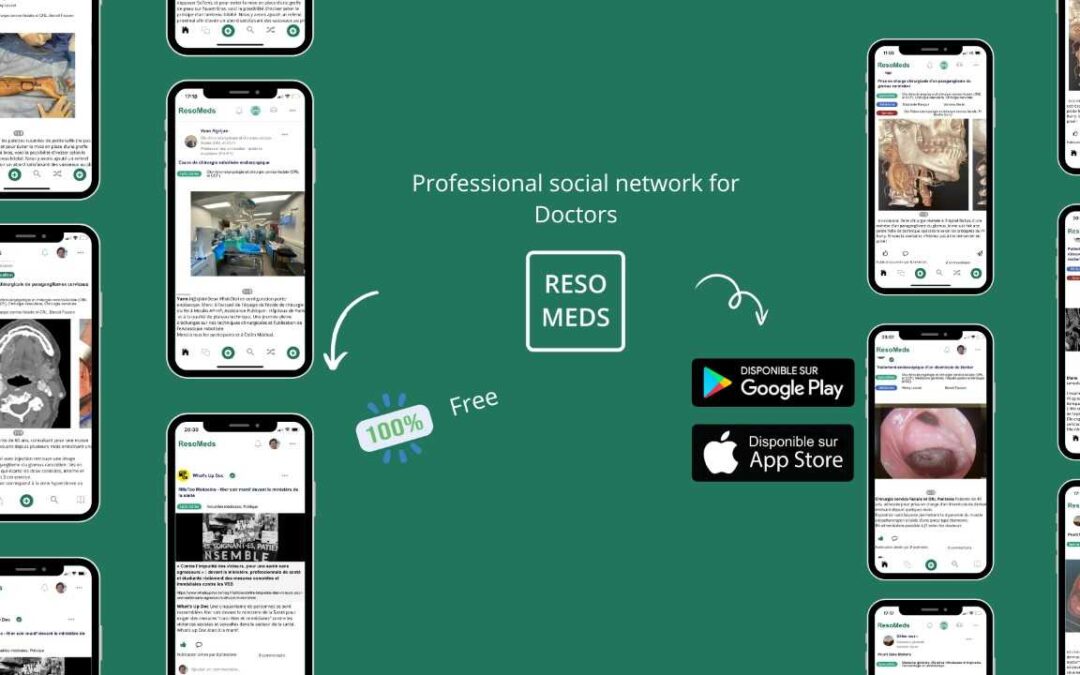
ResoMeds: a social network sharing videos
Case reports enrich medical knowledge and training, and improve practice [1-4]. However, their publication is often limited in existing journals [5]. We aim to highlight the importance of creating a platform for physician exchange to promote peer learning, case...
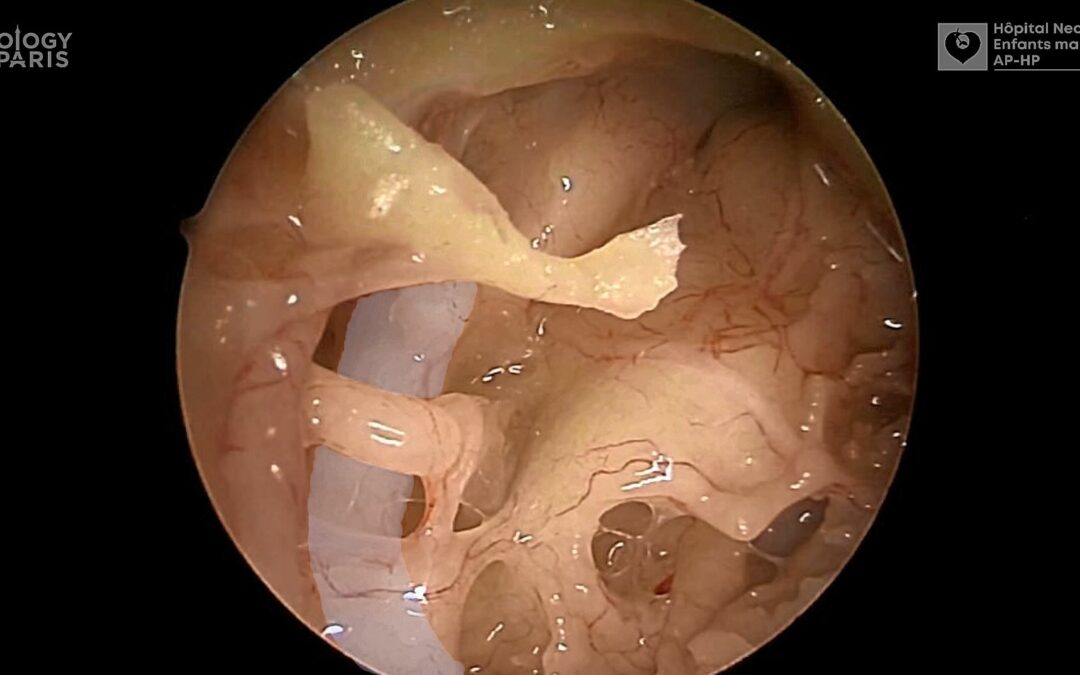
Videos improve knowledge retention of surgical anatomy
In otolaryngology, a new publication shows that an educational video improves anatomy learning and knowledge retention in the long term. This study conducted by the ENT team at Necker-Enfants Malades, APHP (Université Paris Cité) and led by Pr François Simon shows the...
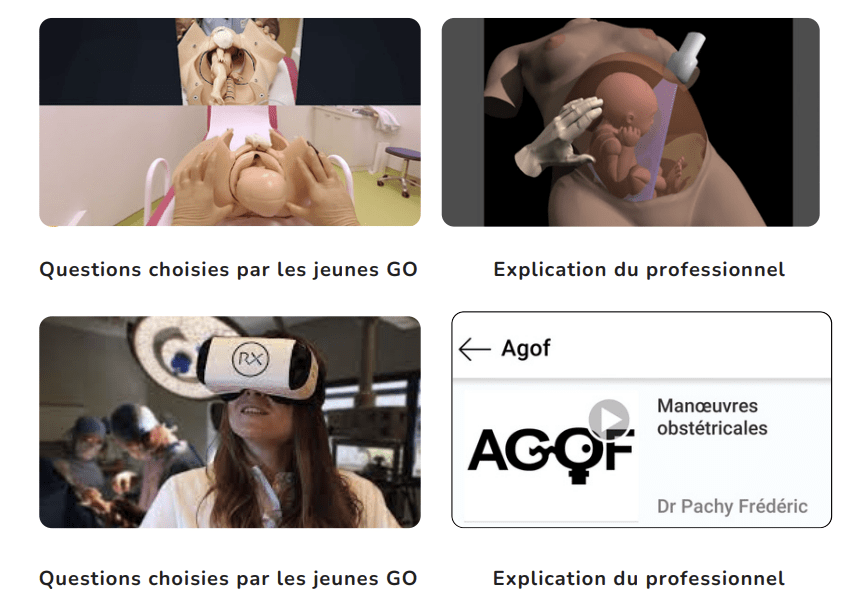
Surgical videos: using the most efficient medium. AGOF’s associative experience
In 2010, the French National Authority for Health (HAS) issued the famous slogan for apprentice surgeons: "Never perform surgery on a patient for the first time" (1). It is sometimes difficult for a young surgeon to accept that he or she has not received sufficient...
